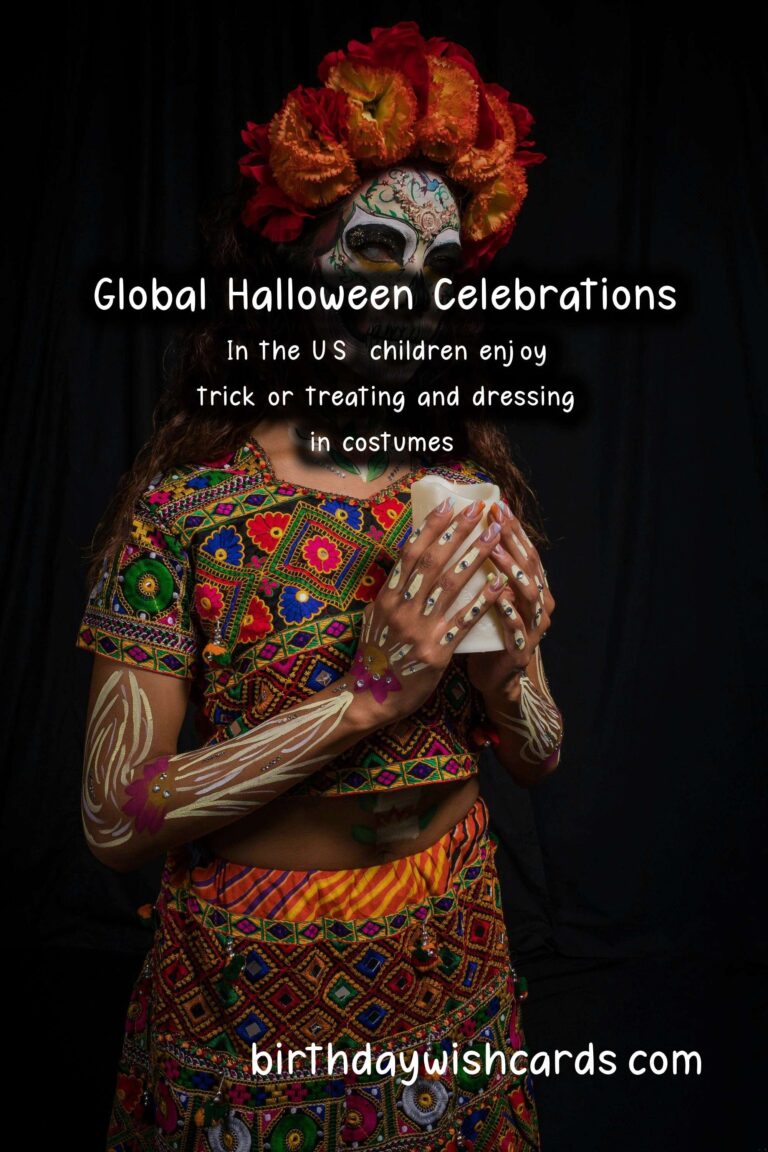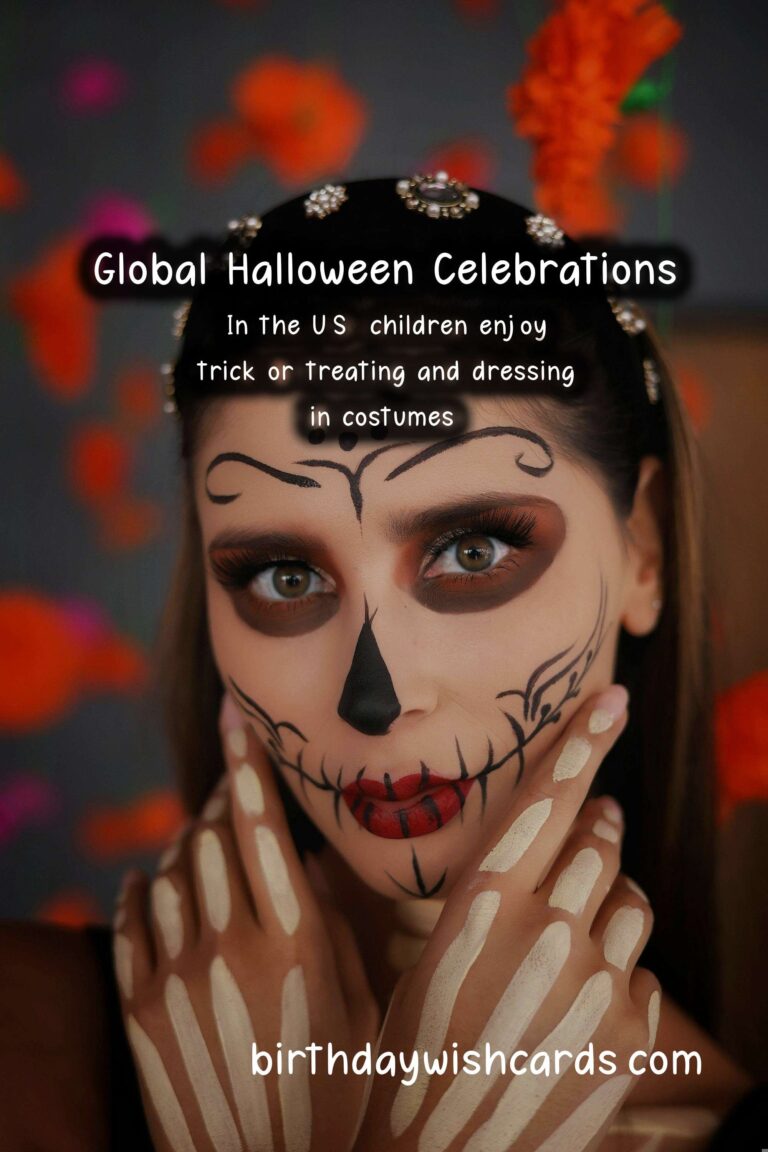
Halloween, celebrated on the evening of October 31st, has become a global phenomenon, transcending cultural differences and evolving into a night of fun, fright, and festivity. While the celebration is often associated with costumes, trick-or-treating, and spooky decorations, the origins and customs surrounding Halloween vary significantly across the world. This article delves into the diverse traditions and celebrations of Halloween in different countries, offering insights into how this holiday is uniquely interpreted.
Halloween in the United States
In the United States, Halloween is a major holiday characterized by various activities such as trick-or-treating, haunted houses, and costume parties. Children dress in costumes, ranging from superheroes to goblins, and go door-to-door collecting candy from neighbors. Homeowners often decorate their yards with jack-o-lanterns, cobwebs, and skeletons. Halloween celebrations in the U.S. have also picked up influences from various cultural traditions, contributing to the holiday’s evolving nature.
Mexico’s Día de los Muertos
In Mexico, Halloween merges seamlessly with the celebration of Día de los Muertos (Day of the Dead), which takes place from October 31st to November 2nd. Unlike the fright-filled festivities in the U.S., Día de los Muertos is a joyous celebration honoring deceased loved ones. Altars, known as ofrendas, are decorated with photos, favorite foods, and drinks of the departed, promoting a spirit of remembrance rather than fear. While some Mexican children do partake in trick-or-treating, the overarching focus remains on honoring the insistent presence of loved ones who have passed.
Ireland’s Celtic Heritage
Halloween’s roots can be traced back to ancient Celtic festivals, particularly Samhain, where the boundary between the living and the dead blurred. In Ireland, people celebrate with bonfires and traditional games. Apple bobbing and nut cracking are popular, reflecting the importance of the harvest season. As the night progresses, many locals dress in costumes, recalling the ancient tradition of disguising oneself to avoid being recognized by wandering spirits.
Italy’s Ognissanti
In Italy, Halloween is celebrated more subtly and is often intertwined with Ognissanti (All Saints’ Day) on November 1st. Although Halloween is gaining popularity, many Italians choose to honor their loved ones silently. In certain regions, children dress in costumes and go out for sweets, but the main focus remains on remembrance and prayers at cemeteries. Festive cakes and sweets are often prepared, enhancing the celebratory yet respectful tone of the occasion.
Japan’s Obon Festival
Japan has its own form of honoring the dead through the Obon Festival, typically celebrated in mid-August. While it doesn’t coincide with Halloween, its themes of memory and spirituality resonate similarly. During Obon, families return to their hometowns, clean graves, and offer food to the spirits of their ancestors. Lanterns are lit to guide spirits back to their resting places, creating an atmosphere filled with love and nostalgia.
Spain’s La Noche de Todos los Santos
In Spain, the Halloween celebration is characterized as La Noche de Todos los Santos (All Saints’ Night). Spaniards remember deceased family members by visiting cemeteries, decorating graves with flowers, and organizing family gatherings. The evening is marked by the preparation of traditional sweets such as “huesos de santo” (saint’s bones), made of marzipan and filled with sweet cream. Though Halloween influences are apparent in urban areas, the true essence lies in honoring the dead.
Philippines’ Pangangaluluwa
In the Philippines, a unique Halloween tradition is known as Pangangaluluwa. During the night of October 31st, children go from house to house, singing songs for the souls of the departed in return for treats. This practice reflects a blend of Catholic beliefs and indigenous traditions, emphasizing the connection between the living and the spiritual realm. The night is filled with songs and stories about ancestors, creating an engaging communal atmosphere.
Conclusion
The rich tapestry of Halloween celebrations across the globe showcases the deep-rooted connections cultures have with life, death, and remembrance. While the commercial aspects of Halloween have spread widely, the underlying customs often reflect a community’s values and beliefs surrounding the departed. Whether through lively festivities or solemn rituals, Halloween serves as a reminder of our connection to those who came before us.
Halloween is a global phenomenon, with diverse celebrations around the world. In the U.S., children enjoy trick-or-treating and dressing in costumes.

